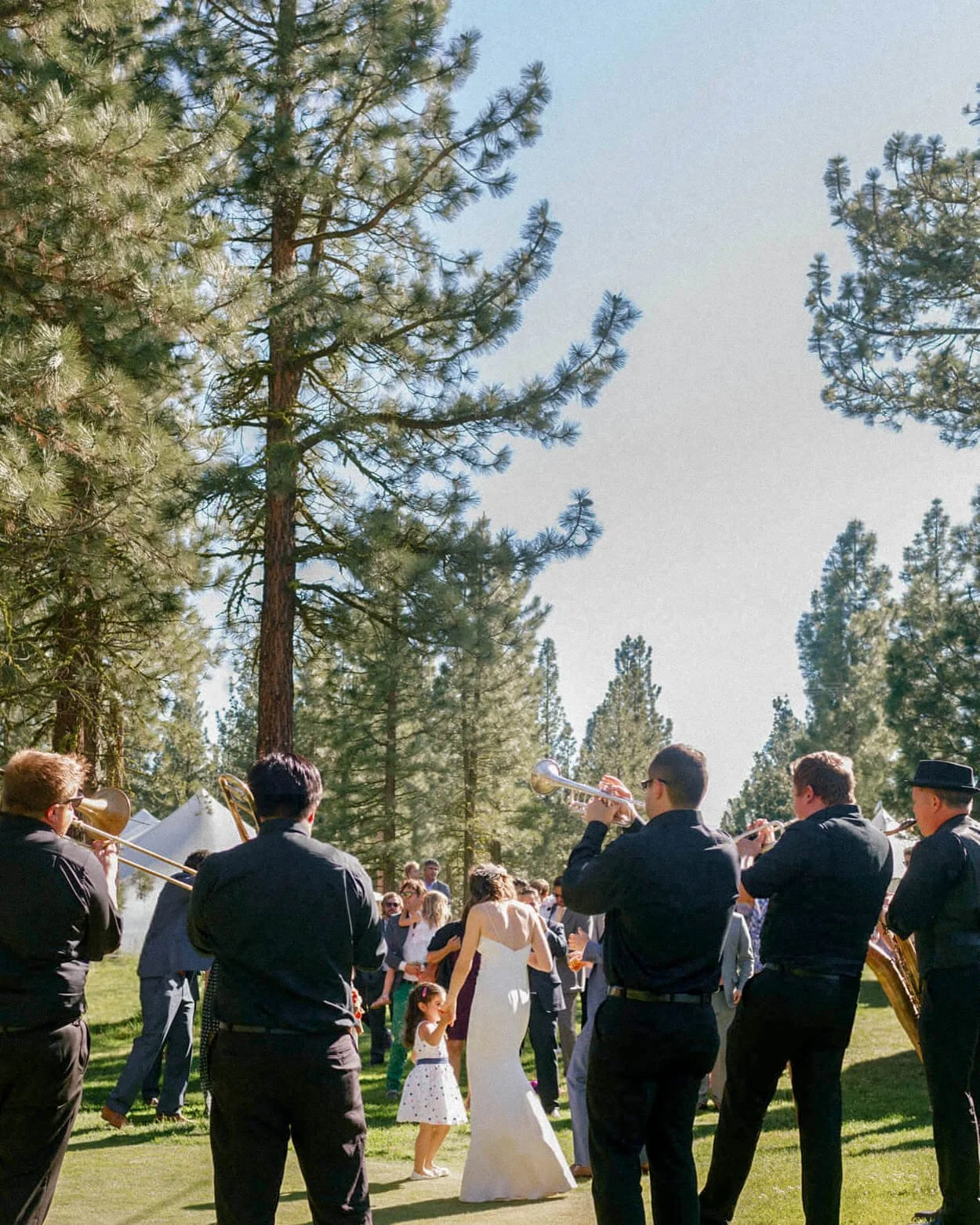What Inclusive Wedding Photography Really Means
Planning a wedding is emotional. And if you’re someone who’s ever felt unseen, misrepresented, or misunderstood, you already know that finding the right photographer isn’t just about style. It’s about safety.
You want someone who sees you clearly. Someone who respects your identity, understands the dynamics you’re navigating, and shows up in a way that feels supportive from start to finish.
You deserve more than a pretty portfolio or a surface-level statement about inclusivity. You deserve someone who puts that into practice.
For me, inclusive photography isn’t a trend or a tagline. It’s the foundation of how I work. It shows up in how I prepare, communicate, and move through your day. This is what that looks like in real life.
Real Inclusivity Goes Beyond What’s on a Website
Seeing yourself in a photographer’s portfolio can be incredibly powerful. It sends a message before a single word is spoken: you belong here.
But real inclusivity doesn’t stop at what’s posted online. It’s not just about showcasing a diverse mix of weddings or checking a box. It’s about how those couples were treated throughout the entire process.
Were their pronouns respected? Was their story honored without being made into a spectacle? Did they feel emotionally safe in front of the camera?
Inclusivity has to live behind the scenes, too. It has to show up in how your vendors communicate, prepare, and advocate for you on your wedding day. Not just because it’s the right thing to do, but because it’s what you deserve.
Navigating Complex Family Dynamics With Care
Inclusivity also means being attuned to what’s really going on, especially when it comes to family dynamics.
Whether it’s divorced parents who haven’t been in the same room in years, a stepparent whose presence feels complicated, or a relative who struggles to be kind, these moments can add quiet tension to an otherwise joyful day. And you shouldn’t have to manage all of that on your own.
While working, I’m always paying attention. I’ll step in when needed, gently pulling you away if someone’s energy feels heavy or harmful. I’ve kept difficult family members engaged while we reshuffle photo groupings behind the scenes. I’ve offered subtle support to a mother holding back tears because the balance in the room didn’t feel fair. You don’t always see those moves in the moment, but they’re happening for you.
Because emotional safety matters as much as physical safety. When you feel supported, you’re able to stay present. And when people feel comfortable, their expressions, body language, and interactions shift.
Your wedding day is layered. Not every relationship is simple, and not every celebration is straightforward. That’s okay. My role is to honor what’s true, hold space where it’s needed, and help you focus on what actually matters: the people who show up with love.
It’s About Presence, Not Performance
Inclusive photography doesn’t ask you to perform. It never expects you to fit into someone else’s version of how your love should look or who you should be on your wedding day.
Your relationship is valid. Your expression of love is enough. You don’t need to act more affectionate or tone anything down. You don’t need to pose in ways that feel stiff or pretend to feel something you’re not. The goal is never to force a moment. It’s to witness what’s already there and document it with care.
For couples who have been told, in subtle or not-so-subtle ways, that they have to shrink, shift, or explain themselves just to be included, this matters deeply. You deserve a photographer who respects your identity and holds space for you to be completely, comfortably yourself.
When I guide you, it’s soft and collaborative. Think: walk this way, lean in here, take a deep breath together. It’s direction without expectation. And it’s always rooted in making sure you feel grounded. Because the best photos don’t come from perfection. Instead, they come from presence. And your presence, exactly as you are, is more than enough.
What to Look for in an Inclusive Wedding Photographer
When you’re choosing a wedding photographer, inclusivity shouldn’t just be something you hope for. It should be something you feel, in the language they use and the work they show.
Here are a few things to look for when you’re searching:
Do they feature a range of couples and relationships on their site, not just in one post or during Pride Month, but consistently?
Are they comfortable using and normalizing pronouns?
Do they ask questions about family dynamics and emotional needs, not just timelines and shot lists?
Can they share examples of how they’ve created a safe space for other couples like you?
A truly inclusive photographer will make it clear that you’re respected and valued. You won’t have to explain why your story matters. They’ll already be listening for it.
Your Love Deserves to Be Seen and Celebrated
No matter what your relationship looks like, who you love, or what dynamics you’re navigating, you deserve to feel celebrated and supported on your wedding day.
That’s what inclusive wedding photography really means: not just showing up with a camera, but showing up with care. Reading the room. Respecting your identity. It’s about being a steady presence so you can relax and trust that it’s all being documented with honesty and heart.
If you’re looking for someone who will honor your story and make sure your love is documented just as beautifully as it is, I’d love to connect.









